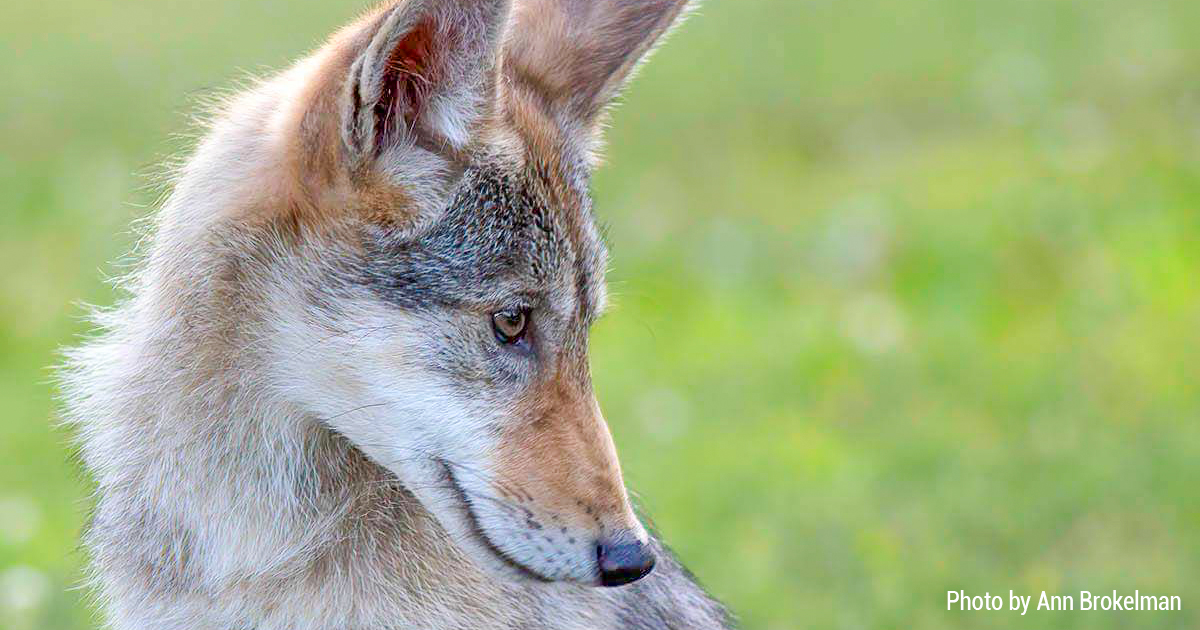
When negative encounters arise between wildlife and humans, it isn’t a sign that coexistence is failing; it’s a sign that it’s time for those efforts to begin in earnest.
Coexistence is a daily intention. A thoughtful and regular pursuit of behaviours and philosophy that humans and wild animals can adapt to living in the same spaces. This isn’t just a flighty ideal, however. Coexistence must be backed by available science, in-depth experience or traditional ecological knowledge that identifies how humans impact the ecosystems in which we live, as well as the other animals who call them home.
The concept of coexistence is not new; throughout history, people have found ways to share the landscape and interface successfully. With time, these strategies have evolved to reflect current cultural knowledge and modern needs.
Statements made by frustrated or upset members of the public that coexistence is failing are understandable, particularly after a traumatic event. However, it isn’t that coexistence is failing when negative encounters occur; it means that the current situation must be investigated, and coexistence strategies implemented. This may require reviewing, revisiting and reassessing current strategies and how they can be adapted.
The investigation is a critical aspect of coexistence both short and long-term. Often, negative encounters between people and wildlife are painted as ‘attacks’ in the media. When examined, however, many of these encounters are caused by ongoing food conditioning by people (teaching animals to approach humans), because people are perceived as a threat to the animal who may be with or near their dens and families, escorting or cautious behaviours misidentified as predatory, and many other possibilities.
Implementation of coexistence strategies will vary depending on the results of an investigation. If feeding or attractants are determined to be a central factor, communities must meet those elements with education and enforcement (or the creation of enforcement tools, such as local bylaws). Signs, fencing or closing trails and other mitigation efforts can all be a part of these strategies, but ultimately, without the possibility of enforcement, they may not be successful.
Numerous other tools can be utilized, depending on circumstances, including aversion conditioning, observation and tracking of animal and human movements/interactions, educational programs in schools and meetings, and the development of ‘response teams’ should negative encounters occur.
Coexistence isn’t something that happens until it doesn’t work; it is a daily intention of community members to make choices that benefit the entirety of an ecosystem in a more-than human world. To learn more about coexistence solutions visit TheFurBearers.com or CoyoteWatchCanada.com.
